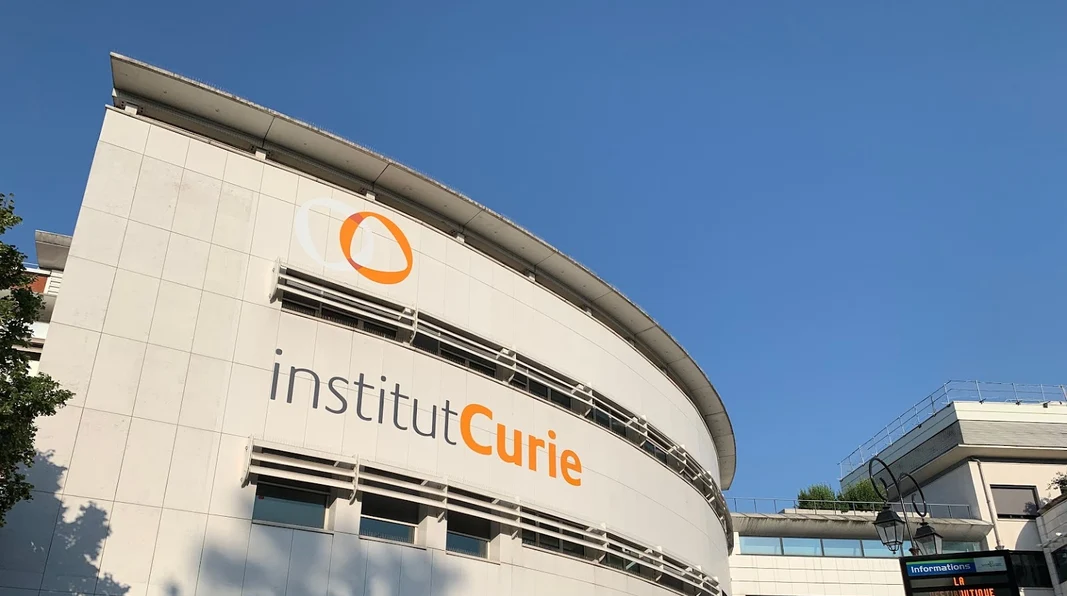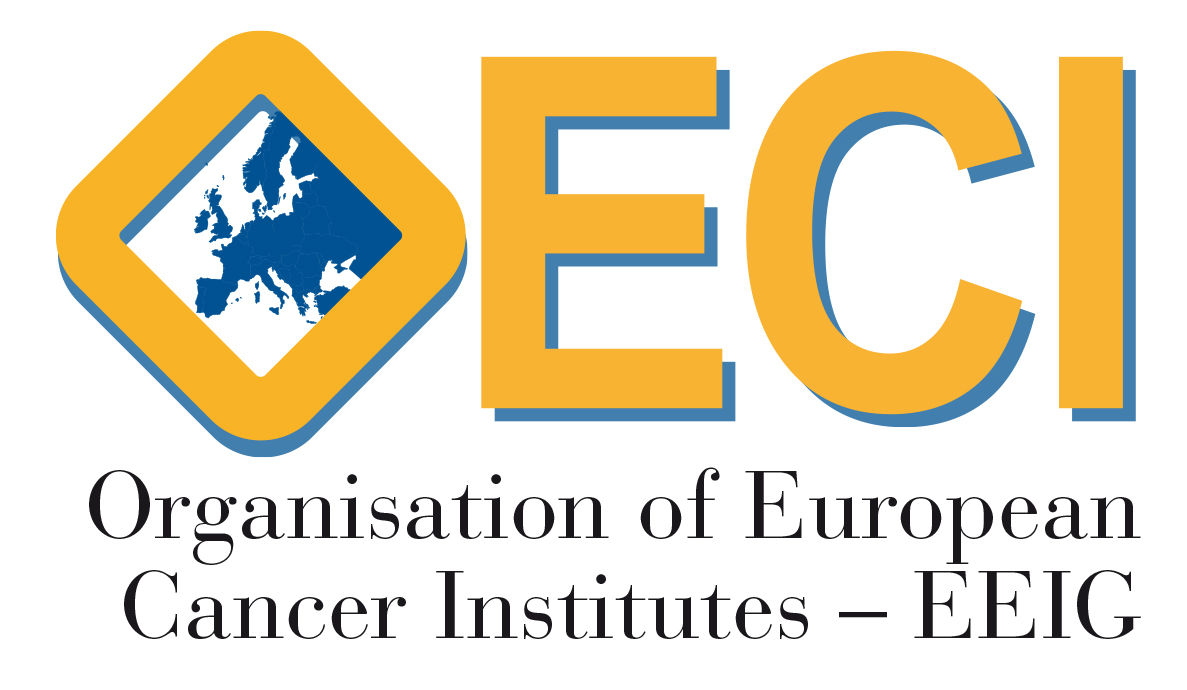Excellent Practices
Patient-oriented quality and risk management
Practice Category: Quality
Centre: Institut Curie

Sophie Oger-Hodge
sophie.oger-hodge@curie.fr

Challenge which the practice addresses
The challenge of this collective and cross-cutting approach to quality and risk management is to succeed in raising awareness and impact all employees (regardless of their seniority level), to involve them and keep them involved on an ongoing basis. This exercise was all the more complex in this pandemic period.
In addition, it is also vital to involve patients and associations’ representatives in this improvement dynamic and it is sometimes difficult to unite their concerns and ask them to share their experiences. In summary, it requires a great deal of availability, listening, empathy and moderation between the different stakeholders.
Solution
In order to raise awareness and involve professionals as well as patients, we have employed various methods that contribute to continuous improvement. Some examples are:
– We regularly set up experience feedback committees in the different sectors of activity to enable teams to analyse adverse events collectively and to define corrective actions
– We continually conduct patient satisfaction surveys and more punctual interviews with patients to gather their experiences with the care provided in our hospital
– Every month, the Quality and Risk Management team organises awareness and training workshops with professionals
– We have set up an internal auditor cell composed of different professional categories (doctors, nurses, secretaries, quality assurance staff …) to evaluate the quality and safety of care annually.
Impact
Despite the pandemic we managed to maintain a dynamic activity:
– 65 experience feedback committees
– 50 audits (including tracer patients)
– Around 200 professionals attended awareness workshops, and 60 people trained to electronic document management system.
– 5055 patients answered a satisfaction survey
Critical success factors
To ensure the success of the process, it is essential that the management of the institution is committed and shows real leadership. Moreover, this quality management system can only progress if all professionals are committed and participate. Quality and safety are everyone’s business.
Next steps
In order to guarantee operational deployment and optimize communication with teams in each activity, we plan to continue with patient and pathway tracer audits and to set up visual management within the care department. Visual management tools make information concrete, readable, understandable and memorable for all professionals, regardless of the position held. All team members therefore have access to the same level of information.
Its objective: to facilitate and share decision-making at all levels.

